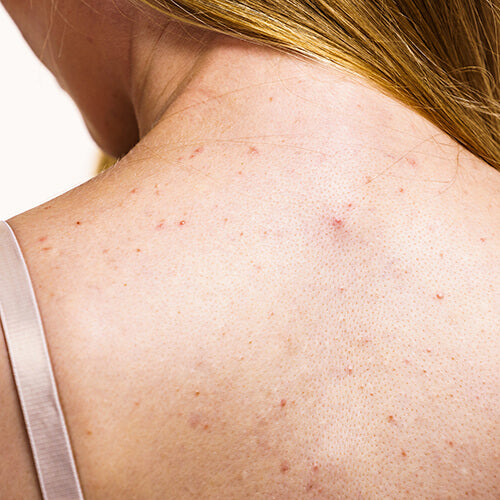
The Importance of SPF for Women of Every Skin Tone
When the weather gets warmer, while some of us may start planning how to achieve that perfect summer glow, there are some of us that have already been blessed with a natural tan. However, while darker skin tones tend to tan more easily, thanks to its higher melanin content, those with darker skin are certainly…
Published:
2 minute read
When the weather gets warmer, while some of us may start planning how to achieve that perfect summer glow, there are some of us that have already been blessed with a natural tan. However, while darker skin tones tend to tan more easily, thanks to a higher melanin content, those with darker skin aren't immune to the damaging effects of UV rays! No matter what your skin color is, any skin overexposed to the sun can burn and experience effects from the sun including premature aging, dark spots and even, skin cancer.

Where are we getting this info?
Multiple sources, including a study entitled “Racial Disparities in Melanoma Survival” published in the Journal of the American Academy of Dermatology last year, found that patients of color, particularly African-Americans, were more likely to develop aggressive forms of skin cancer. They were also more likely to be diagnosed at later stages, taking away opportunities for earlier treatment.
In other words, it’s a myth that brown-skinned men and women don’t need sun protection. Yet 63% of African American survey participants said they never used sunscreen. Although darker-skinned women may have experienced fewer sunburns compared to their lighter-skinned friends, it’s possible that they never incorporated sunscreen application into their daily routine.
Regardless of race, anyone can get skin cancer because your ethnicity does not define your skin type. But we're done scaring you.... Here are some tips to prevent sun damage!
Know your number
Even for those with brown skin, leading dermatologists, like our very own Dr. Sandra Lee, still suggest a sunscreen with a sun protection factor of at least 15. It should be applied between 15 and 30 minutes before going outdoors, then reapplied every two hours. If you’re swimming or participating in an activity that involves sweat, make a point to reapply immediately after you’ve dried off.
Find a fitting formula
Traditional sunblocks can leave a white, filmy cast that looks less than flattering on any skin tone. Luckily, today there are plenty of formulas that don’t leave that kind of residue. Use a moisturizer that includes SPF, like Dual Defender SPF 30, which is also broad-spectrum so it will protect you from UVA and UVB rays.
Take your vitamins
Those with more melanin are actually more likely to be at risk for Vitamin D deficiency. Although the best source of Vitamin D is the sun, the American Academy of Dermatology recommends a Vitamin D supplement for people of color; soft gels can be found in most drugstores.

Seek out the shade
By all means, enjoy the sunshine and fresh air, but also be conscientious about the amount of sun exposure you are getting. Wide brimmed hats and oversize sunglasses are a great way to protect the delicate skin around your eyes and the face. The sun is strongest between 10 AM and 2 PM, so try to avoid as much direct sunlight as possible during these hours. Enjoy the sun, but also take advantage of the shade and stay safe!





